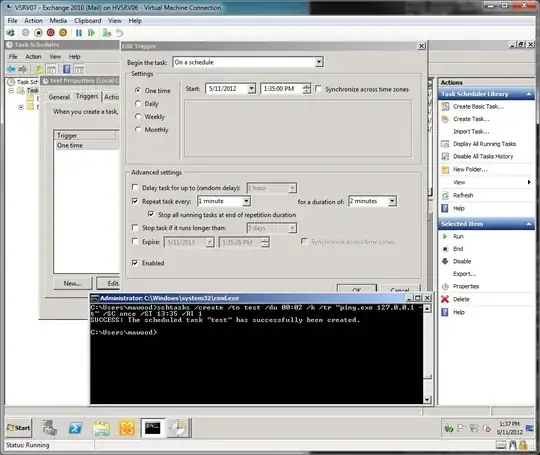I have been using Windows Server for many years now and when I have someone who needs local admin access over their machine, I apply it through group policy in a similar way to this answer.
One of my clients has SBS 2011, and, one of the features that is actually surprisingly neat is the user management and how easy they make giving a user local admin access:

After doing this, I was trying to hunt around for ages in order to see what it was actually applying "under the hood", but, I failed - I couldn't see any linked policies. settings or options anywhere that is applied.
Does anyone know what SBS 2011 actually does when you change the Access level of a user, and is there anyway to easily replicate this on non SBS Windows Server?